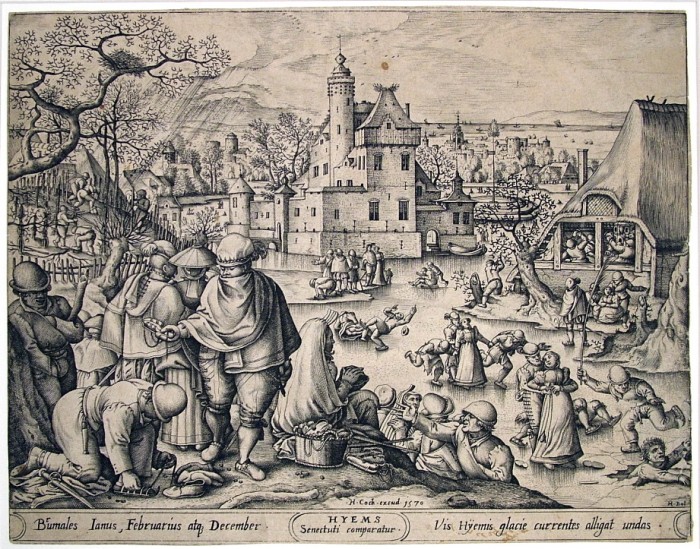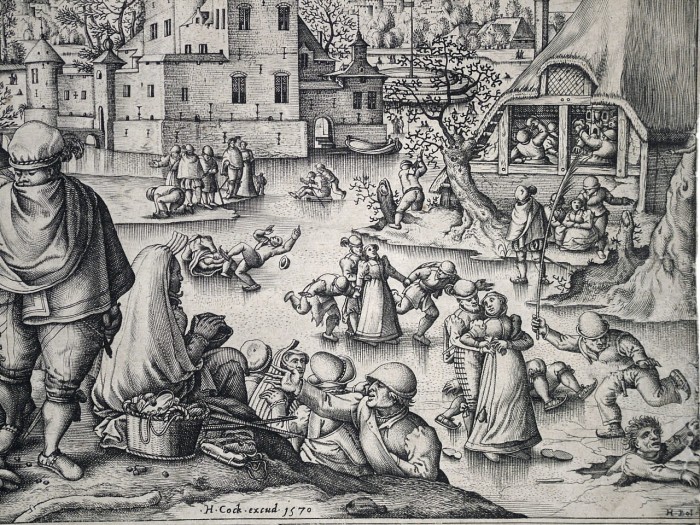Rotherhithe – First State
Friday, October 29th, 2010James McNeill Whistler (1834-1903), Rotherhithe, etching and drypoint, 1860 [signed and dated in the plate lower left]. Reference: Glasgow 60, first/second state (of 6), Kennedy 66, first state (of 3). Published, in the last state, as part of the Thames Set. In very good condition, trimmed about 1/8″ outside of the platemark, printed in black on a cream laid paper. 10 3/4 x 7 3/4 inches.
Provenance: Unknown collector, initials in ink verso, not found in Lugt.
A fine impression, before the completion of the hull of the boat lower foreground, and before much drypoint work in various places including the shirt of the man on the right, before the re-working of the lines on the face and shirt of the man at the left, and before strengthening of various areas generally in the bottom part of the composition.
Rare in this early state. The Glasgow first state is said to be without the dots in the sky upper right, but these are faintly visible in the first state example pictured; otherwise their first state is the same as their second state.
Rotherhithe is the area opposite Wapping on the banks of the Thames. The site of the image is the Angel, an inn in Bermondsey, very near Rotherhithe. Although Tower Bridge dominates the view up-river from the narrow balcony, in the distance St Paul’s Cathedral is visible beyond the bend of the river.
Rotherhithe is one of Whistler’s most iconic early images; it was exhibited at the Royal Academy in 1862, and then was titled Wapping in its later 1871 publication as part of the Thames Set (a series of 16 etchings). The copper plate is in the Freer Gallery of Art.






